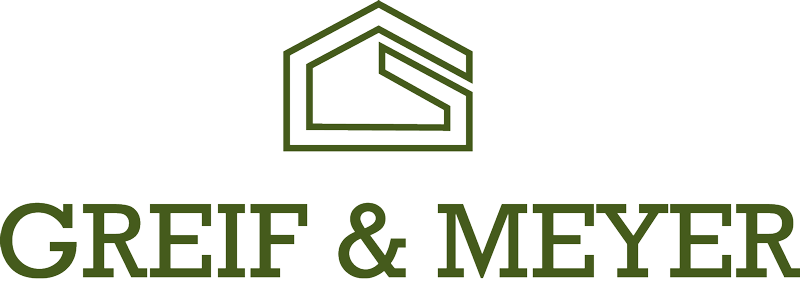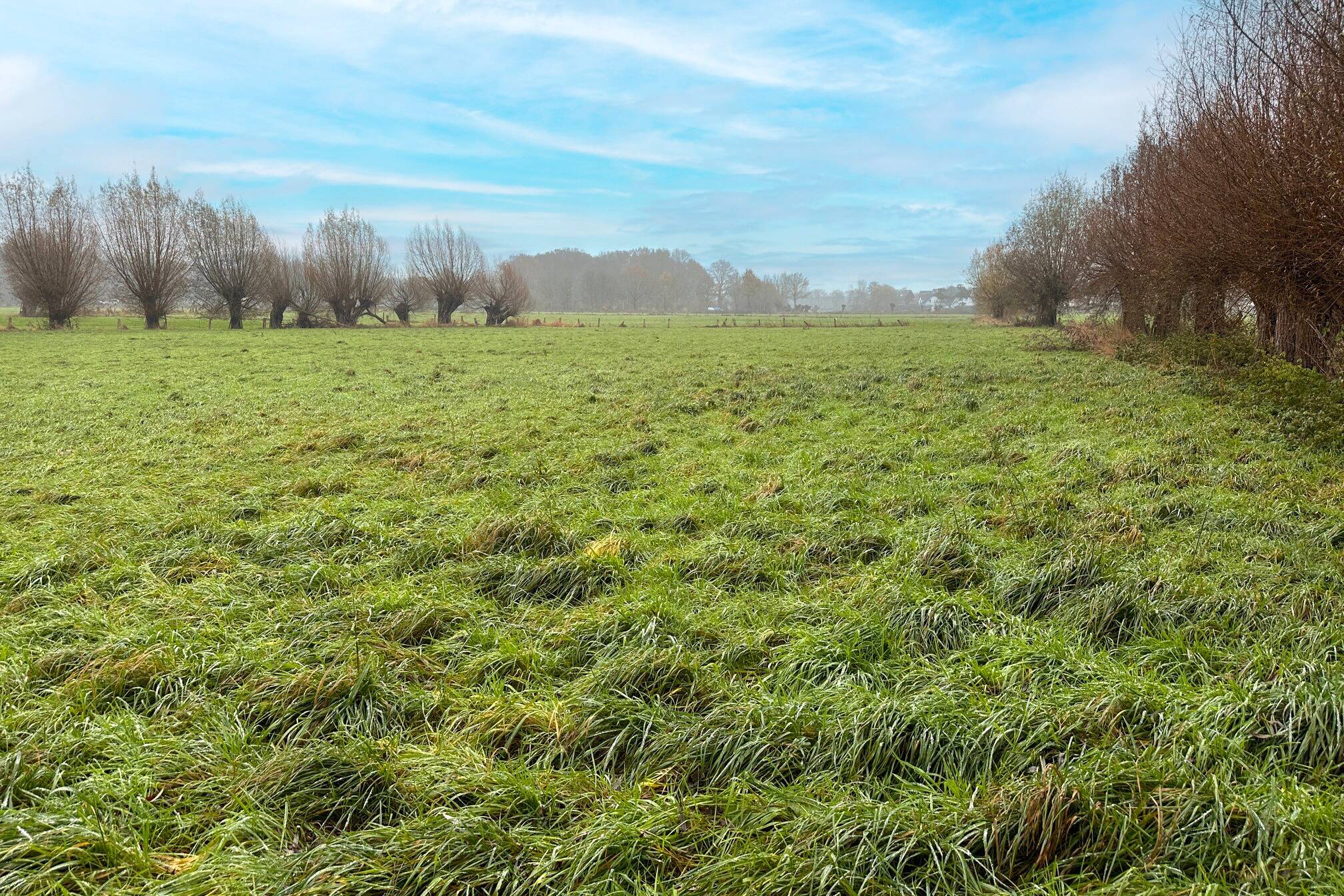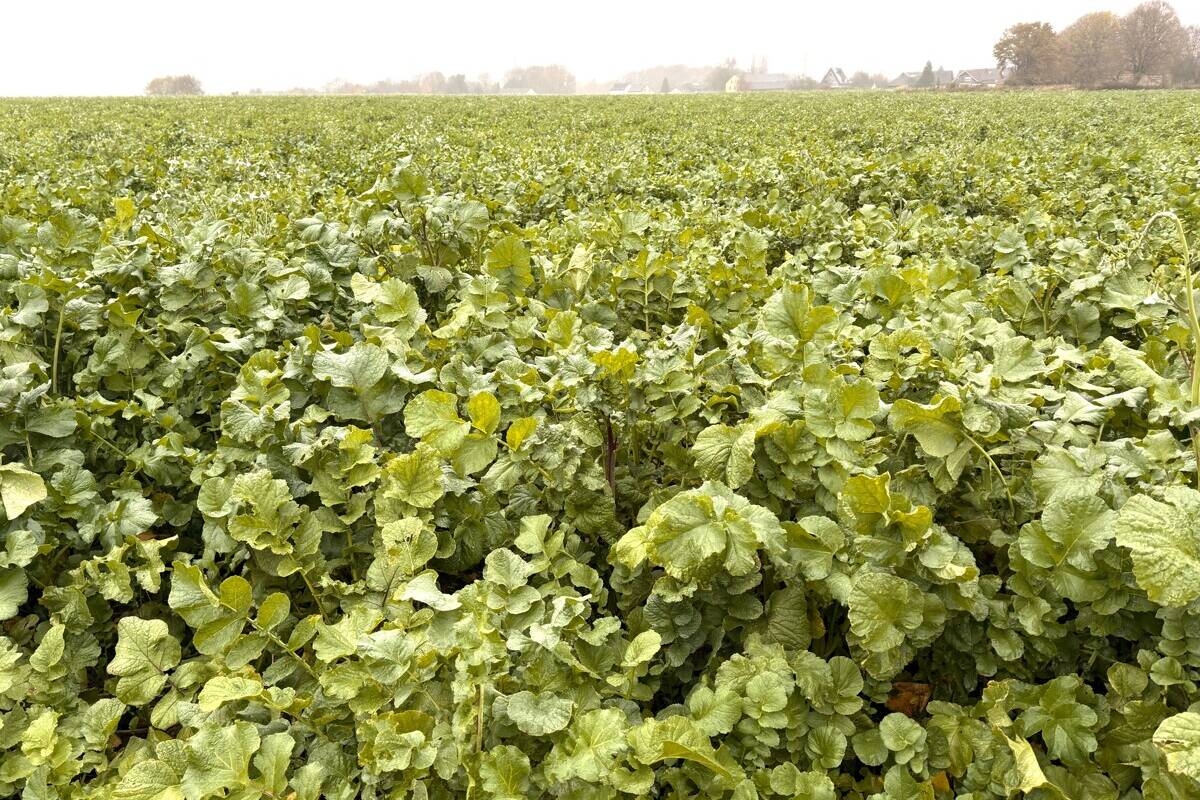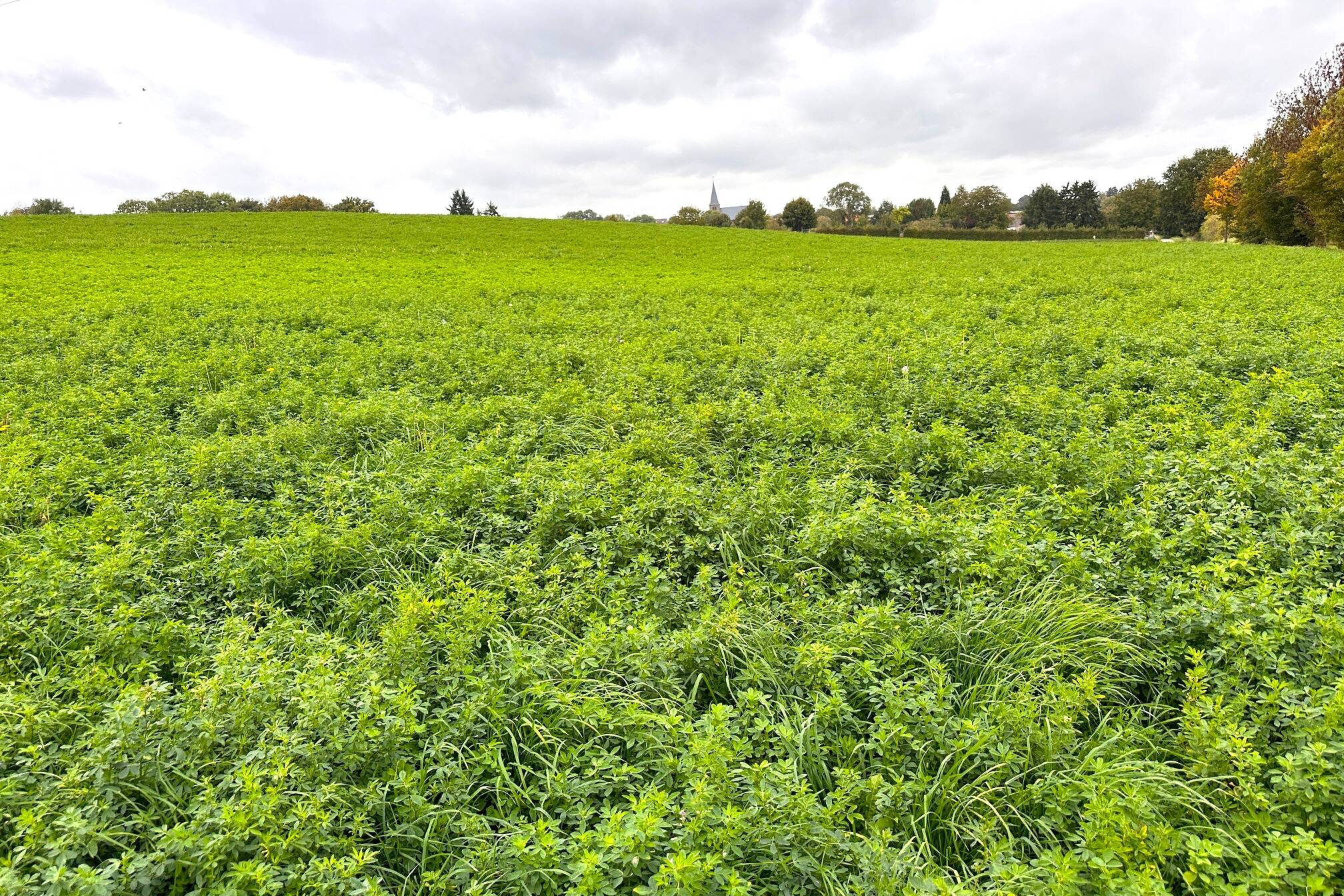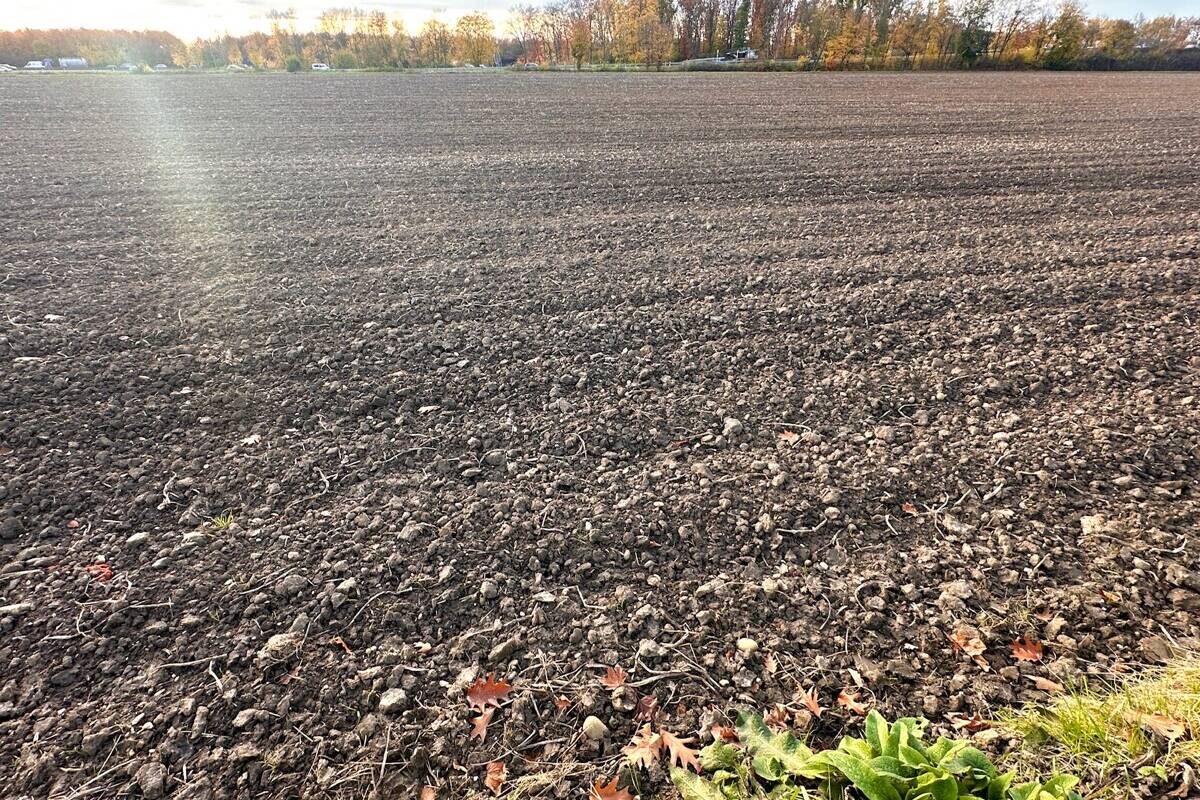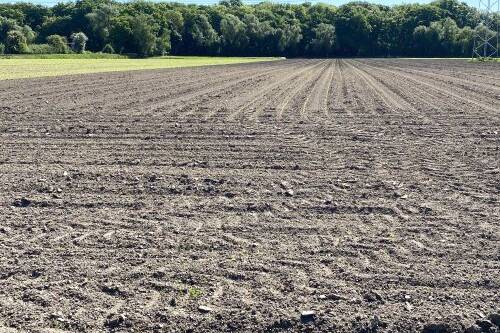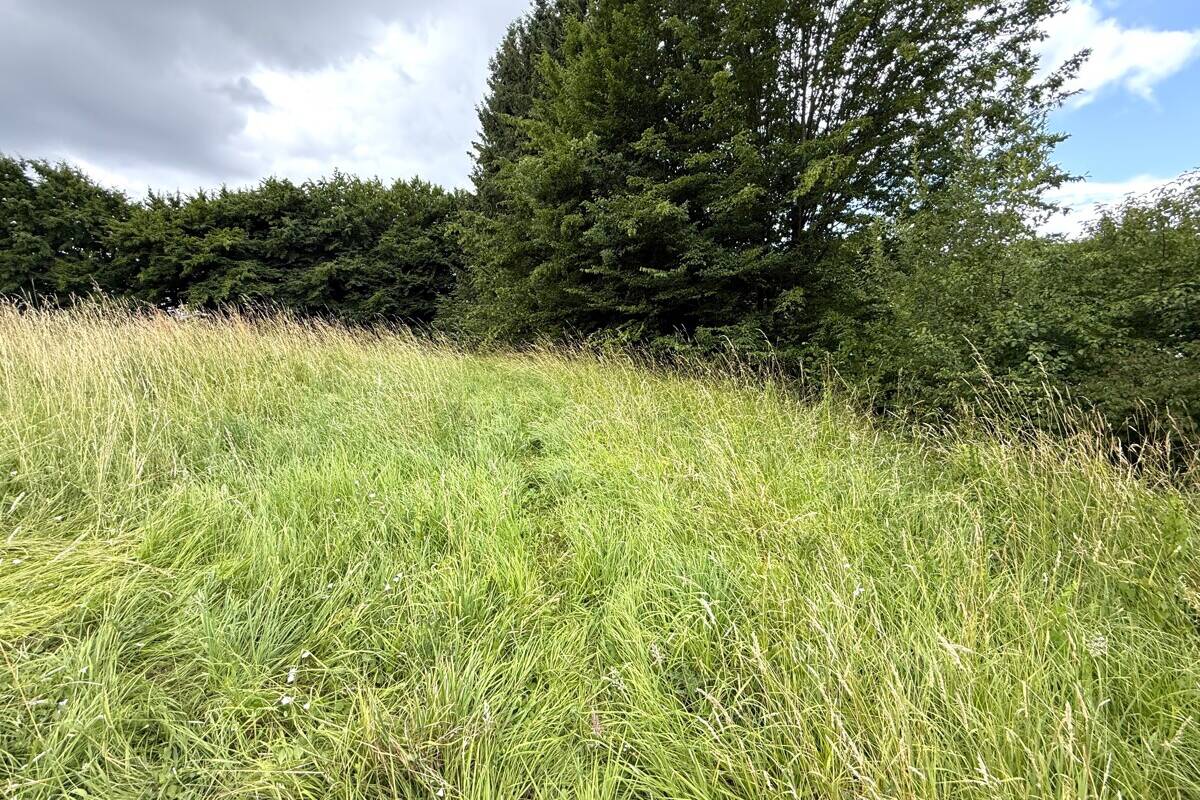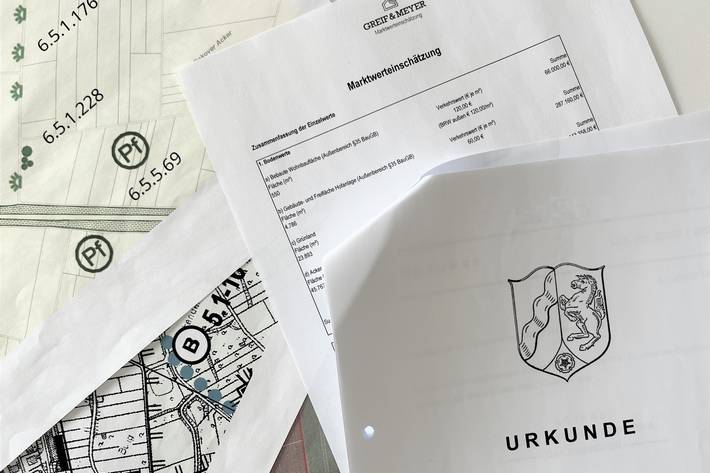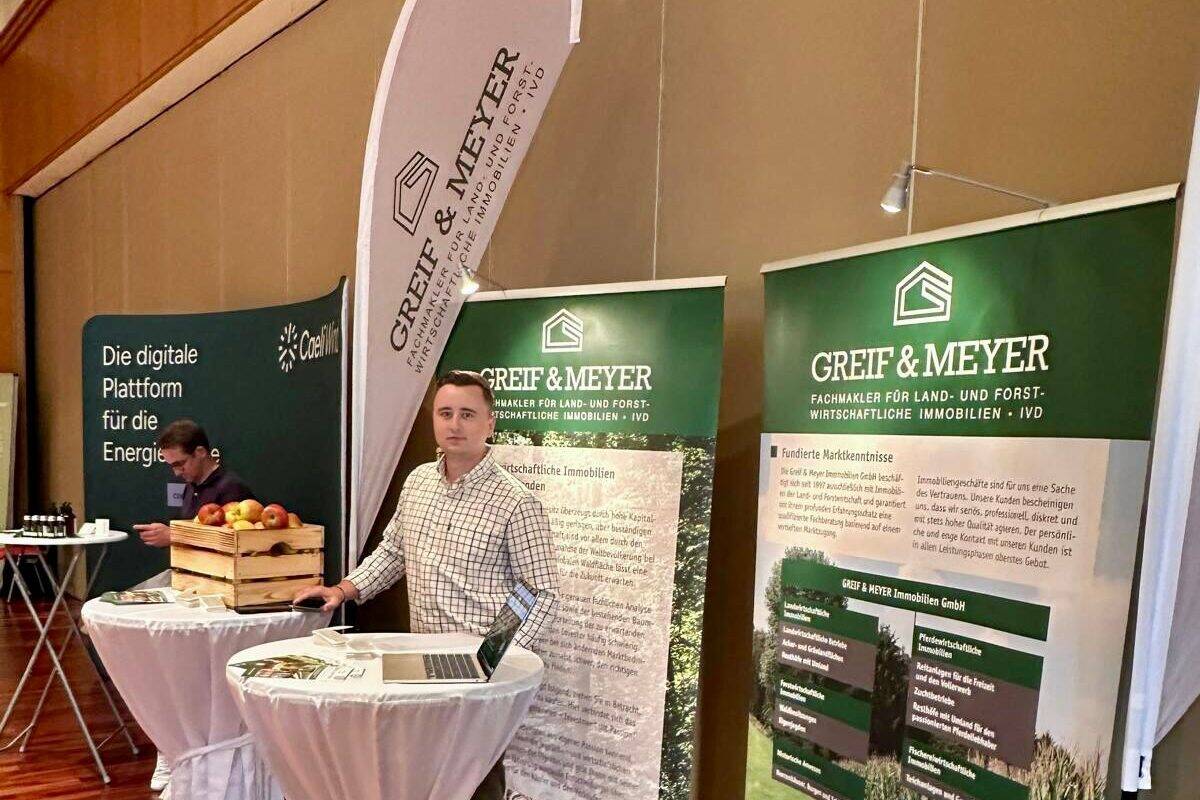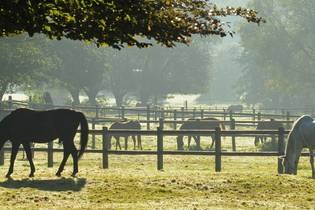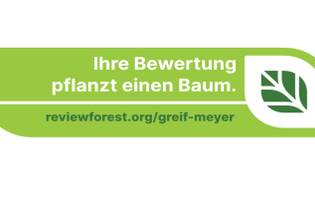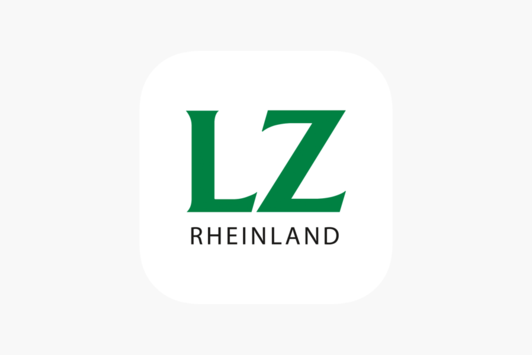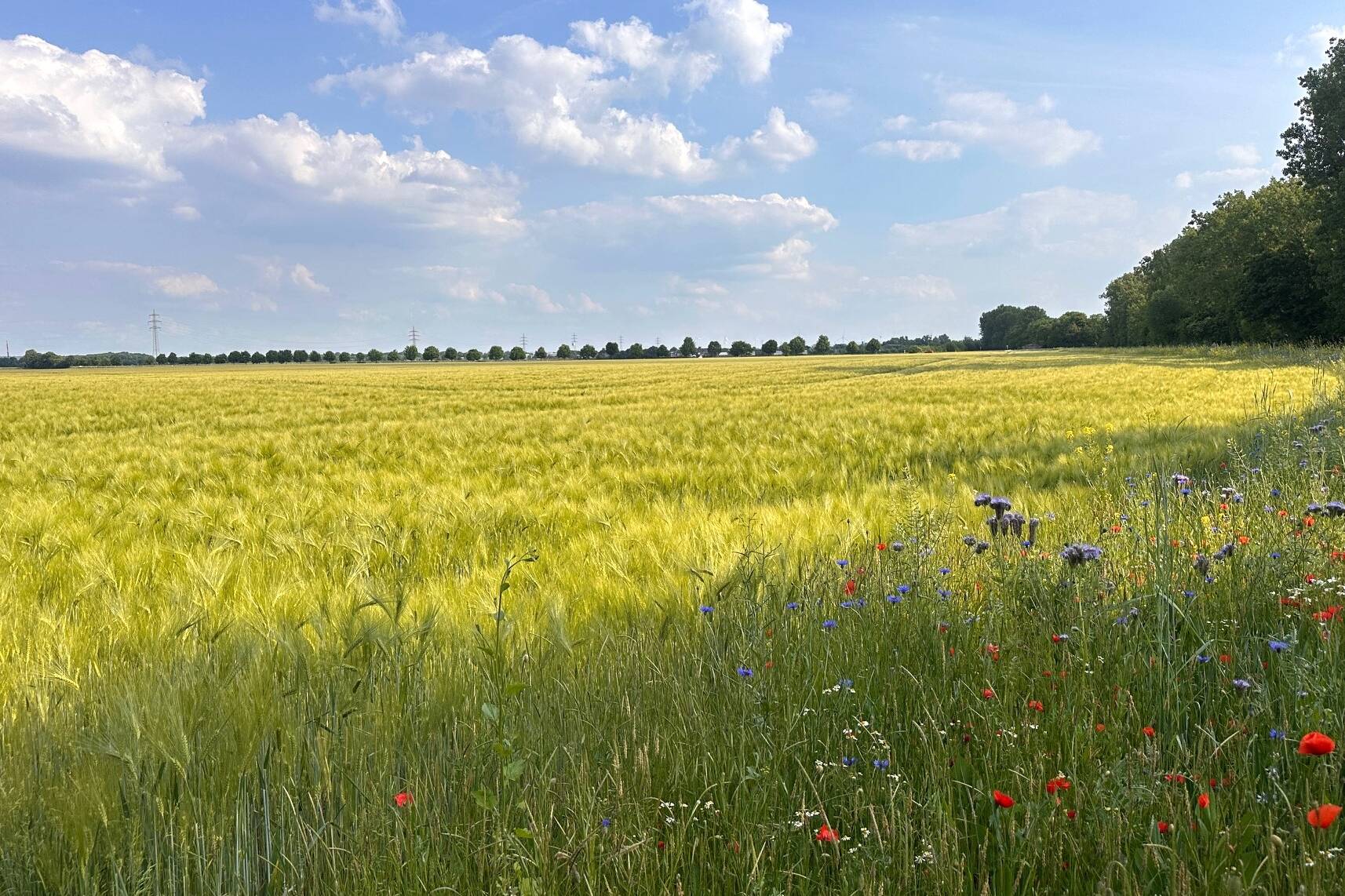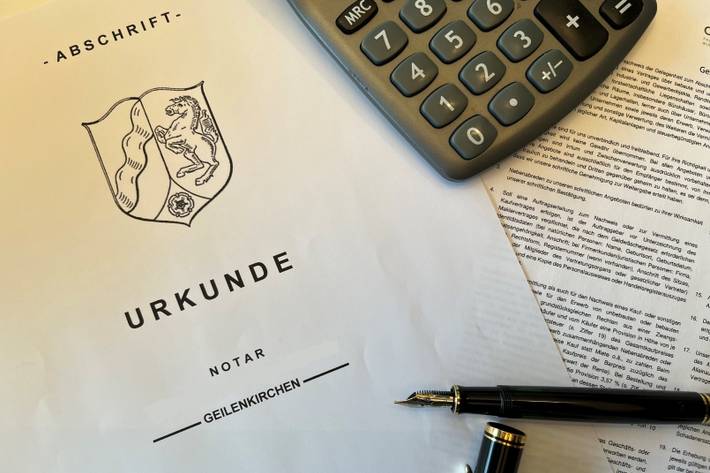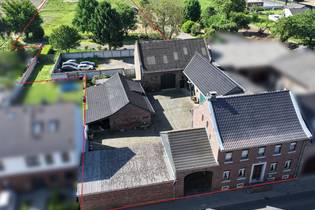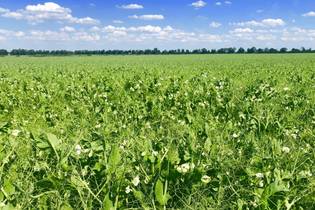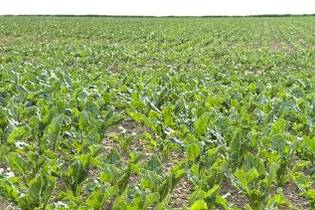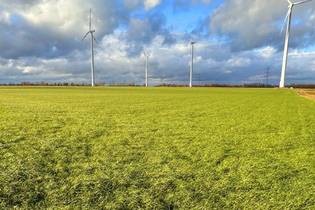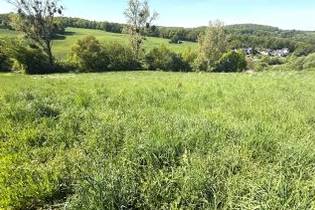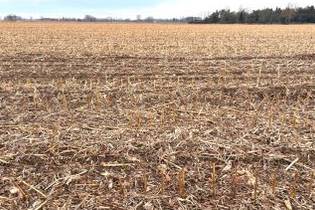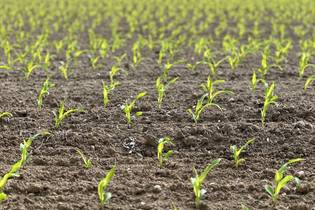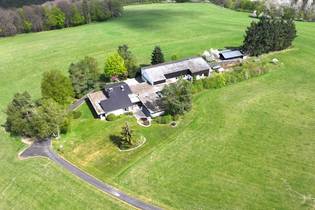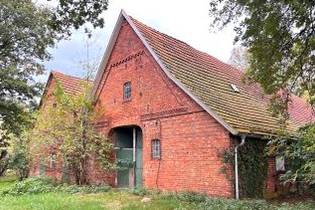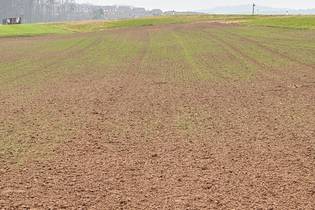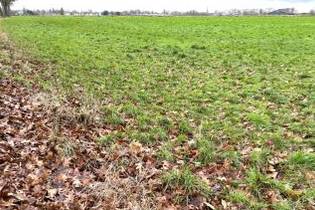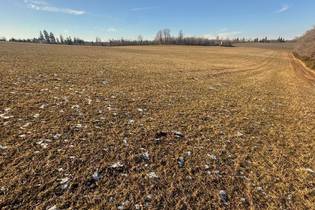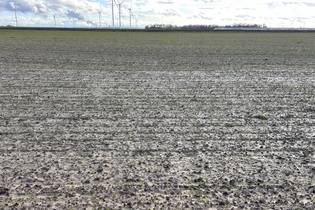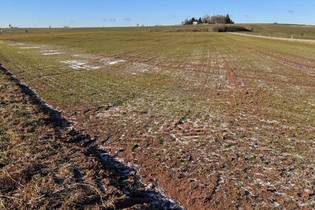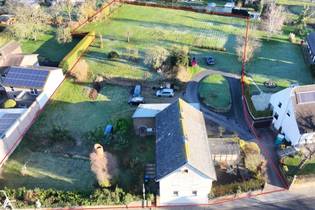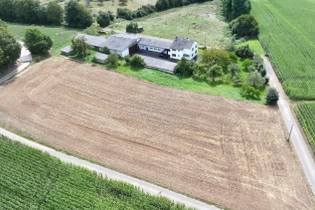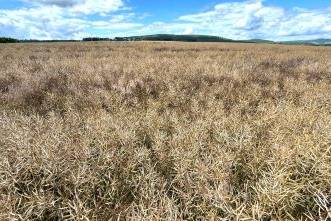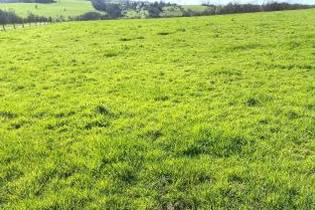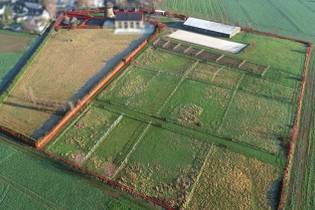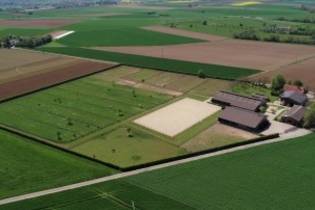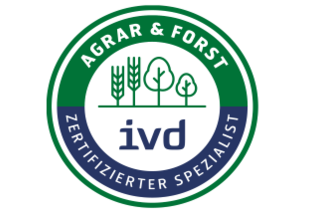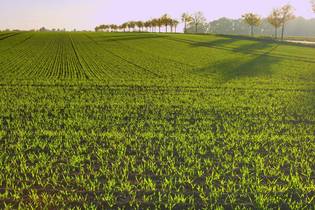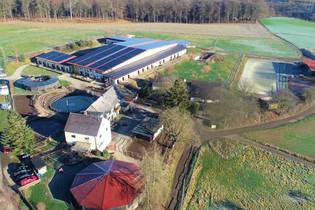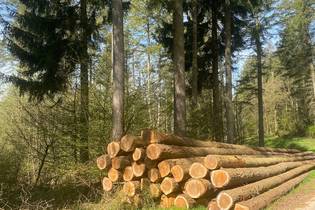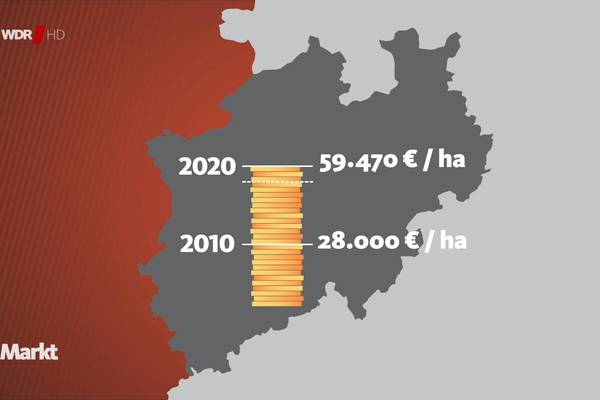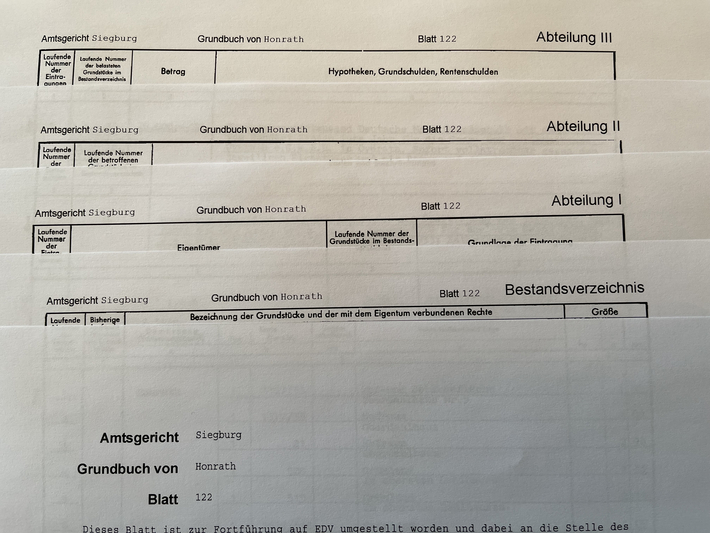
Worth knowing - The land register
The land register is a public register which is kept at the local court and contains information about a property or plot of land and the ownership structure as well as any encumbrances (e.g. rights of way, usufructuary rights, land charges).
A land register excerpt or land register sheet is subdivided as follows:
Cover sheet:
The cover sheet contains details of the competent local court, the land register name and the land register page. A so-called court note may also be listed here.
Court note:
The note can be found on the cover sheet of the land register of the farm. The farm note has a purely inheritance law significance and is intended to ensure the economic preservation of the farm. It stipulates that the farm only goes to one of the heirs.
Inventory:
Here you will find the cadastral data - (the cadastral or surveying offices measure the properties of a municipality and collect the corresponding data in a register):
District (municipal district), parcel (a district contains several parcels), parcel, location/use and size.
Note:
It should be noted that the information in the land register regarding use and size may be out of date. The land registry (the office in the land registry that keeps the land registers) does not update this information. For example, only when a property is sold are any changes usually made to the land register in the course of the contract processing and change of ownership.
Example:
A plot of land is listed in the land register as arable land. However, the area was sown more than 5 years ago and used as grassland. The land is therefore no longer arable land and may not be sold as such. In the event of a sale, the type of use in the land register would be changed to grassland.
Division I:
Here you will find data on the owner and the legal basis for entry in the land register.
Division II:
Section II contains encumbrances and restrictions on the respective property. A distinction is made between (limited personal) easements and encumbrances in rem.
Limited personal easement:
The limited personal easement allows a specific person or institution to use the property encumbered with the easement in a defined manner. This may involve, for example, rights of way and rights of way for pipelines or distances to be maintained for a development.
Real estate:
The real charge enables a specific person or the owner of a property to repeatedly receive services, usually of a financial nature, from this property. However, services or goods in kind can also be agreed as "means of payment".
Division III:
Financial encumbrances on the respective property, such as land charges, are entered here.
More articles & news
November 26, 2025
The Real Estate Transfer Act (GrdstVG) explained simply
The purchase or sale of farmland, grassland, or forest land differs significantly from traditional...
November 21, 2025
NEW: Traditional four-wing brick farmstead in the northeastern district of Heinsberg
Well-maintained farmstead with a two-story, listed residential building, various farm buildings, and...
November 17, 2025
NEW: 0.8 ha arable land and 0.6 ha grassland in Linnich
Two areas with good soil quality, easily accessible via farm roads.
November 7, 2025
Consolidated farmland (3.7 ha) in Erftstadt
It is a flat arable land, very well developed by farm tracks with a good...
November 7, 2025
Farmland, grassland, and forest near Minden
A total of approx. 10 ha of agricultural and forestry land is being sold, which is divided as follows: 1....
November 4, 2025
Land designated for development in Erftstadt-Konradsheim
At present, the area is still predominantly located in an outdoor area under building law. Due to the adjacent...
October 17, 2025
Agricultural privilege - what does that mean?
The so-called agricultural privilege is a central concept in German building planning law....
October 9, 2025
Residual farm with a total of approx. 65 ha of rounded agricultural land in the district of Cuxhaven
The land is mainly arable land. Part of the land is currently undergoing...
September 18, 2025
Small grassland area in Barntrup
It is a small area of grassland with a small wooded area on the outskirts of Barntrup....
September 18, 2025
Secret Sale - Unique mill estate with private hunt in western Germany
The prestigious property with generous grounds including its own lake as well as largely rounded off agricultural and...
September 18, 2025
Farmland and forest in the Lipper Bergland
The land in question is farmland (approx. 2.2 ha) and forest (approx. 1.9 ha).
September 12, 2025
Magnificent historic mill estate in the Rhineland!
We are delighted to be able to offer you this unique property in excellent condition! You can reach...
September 12, 2025
Modern plant cultivation company in Neuss/NRW
This is the site of a plant cultivation company with adjacent arable land. For the...
September 9, 2025
How do you determine the value of an agricultural, forestry or equestrian property?
The value of a property is determined by a combination of various factors such as...
September 5, 2025
Greif & Meyer at the Forest Farmers' Day 2025
In addition to many exciting technical presentations, numerous good discussions with representatives from the...
August 29, 2025
Exclusive riding facility in the Rhein-Sieg district
With several residential units, riding hall, riding arenas and stables.
August 21, 2025
Magnificent castle estate on the Moselle
The beautiful property offers extensive potential for a variety of use and development concepts.
August 20, 2025
Have you already been in contact with Greif & Meyer, then...
rate us!nnFor each rating, we will finance the planting of a tree in your name in one of the...
August 17, 2025
Greif & Meyer in the LZ: Competent, reputable and discreet
"We are something like a dating agency for farmers - we bring...
August 15, 2025
WANTED: Riding facility or remaining farm
Ideally with adjoining agricultural land. Historic/listed buildings are also welcome.
August 10, 2025
Real estate tracking for owners
As an owner, you have the opportunity to manage all activities relating to your property via our...
July 10, 2025
Rounded-off arable land (19 ha) in the Rhein-Erft district successfully sold!
The land will continue to be used for agricultural production in the long term. We wish the new...
June 29, 2025
Worth knowing - Incidental purchase costs
In addition to the purchase price, there are other costs associated with a real estate purchase such as...
June 26, 2025
The Ravengiersburg monastery has a new owner!
In the foreseeable future, the building is to be converted into a modern senior center with autonomous residential groups. We...
June 13, 2025
Spacious three-sided farm with riding facility in the district of Düren
The riding facility can also be purchased separately as an option
June 8, 2025
Bonn in 10 minutes! Resettlement farm in a secluded location in the Rhein-Sieg district
With a high-quality renovated residential house, retirement section, stables, riding arena and approx. 3 ha of grassland directly on the farm....
June 6, 2025
Agricultural business in the Zülpicher Börde
Arable farm with approx. 36 ha of freehold land in the Zülpicher Börde. The takeover of existing...
May 27, 2025
19 ha arable land in Erftstadt, Rhine-Erft district
This special offer is a completely rounded off, level and easily accessible plot of land.
May 26, 2025
Arable land in Titz
1.6 ha arable land of very good quality in Titz, northern district of Düren, North Rhine-Westphalia.
May 22, 2025
PRICE REDUCTION: Rounded-off arable land (3.7 ha) in Jülich
It is a flat area with good/very good arable figures. Due to its location in a wind farm...
May 12, 2025
Well-kept pond in the Westerwald
Consisting of seven individual ponds and a fishing tackle house.
May 8, 2025
Grassland in Kreuzau
1.5 ha grassland area in Kreuzau, Düren district, North Rhine-Westphalia.
May 8, 2025
Rounded-off arable land and grassland in the district of Soest
A total of approx. 8 ha, of which approx. 6.1 ha is arable land and approx. 1.9 ha is grassland.
May 7, 2025
25 ha of top-quality farmland successfully brokered!
The areas located in the Rhine-Erft district and in the area of the city of Cologne have an average...
April 30, 2025
Beautifully situated property in the Düren district
With a variety of possible uses, several residential units and 25.2 hectares of rounded agricultural land, the...
April 30, 2025
Spacious rural property in an absolutely secluded location in the district of Neuwied
with luxurious main house, additional granny apartment, outbuildings and approx. 19.7 ha of adjoining...
April 17, 2025
Farmstead with approx. 10 ha of arable land and grassland in Tecklenburger Land
Formerly used as an agricultural property, partly in need of renovation, in a quiet, outlying and...
April 17, 2025
Square farm in Erkelenz (district)
Versatile property on a total area of approx. 5,400 m². An undeveloped part of the plot of...
April 11, 2025
68 ha of agricultural and forestry land
in the Vulkaneifel district - near the Nürburgring.
April 10, 2025
Arable land and grassland in Goch
A total of approx. 1.3 ha of rounded arable land and grassland in Goch.
April 7, 2025
Magnificent historic square farm with spacious stables, indoor riding arena, riding arena and grassland in the district of Düren
In addition to the lovingly renovated property, there is a small detached house directly adjacent and a...
February 27, 2025
Small arable land in Aldenhoven
0.4 ha with very good creditworthiness (arable number 90)
February 25, 2025
Grassland in Morsbach
A total of approx. 4.9 ha of grassland, divided into three areas. The individual areas amount to approx. 2.7 ha and...
January 14, 2025
Lakeside property with water sports leisure facility in Bavaria
As a future-proof livelihood or interesting investment!
January 7, 2025
Forest estate/own hunt wanted
As the exclusive partner for a foundation from the steel industry, we are looking for a country or forestry estate nationwide,...
January 6, 2025
Cologne in 20 minutes! Spacious courtyard complex with several residential units in Bergisch Gladbach
Very well-kept farmstead of a former agricultural business with extensive......
September 20, 2024
Resettler farm in the district of Aschaffenburg
Consisting of a residential house, several farm buildings and approx. 1.8 ha of rounded arable land and grassland...
September 19, 2024
SUCCESSFULLY SOLD: Idyllically situated country house with adjoining grassland near Aurich, Lower Saxony
We wish the buyer much pleasure with this wonderful property!
September 5, 2024
Fantastically situated property in the Eifel!
The high-quality residential building with swimming pond, sauna house and outbuildings in an elaborately designed park...
July 22, 2024
Forest/own hunt at the gates of Cologne
10 minutes to the city limits. 141 ha in total, including 126 ha of forest and 15 ha of waters/lakes. Black, low,...
July 18, 2024
Arable land in the district of Düren
A total of approx. 2.2 ha.nThe individual plot sizes are approx. 1.4 ha and 0.8 ha.nThe sale of partial plots is...
July 11, 2024
12.6 ha of rounded agricultural and forestry land in the Märkisch district
Divided into approx. 10.4 ha of forest and approx. 2.2 ha of grassland.
May 15, 2024
Grassland and forest areas in Windeck
A total of 12 ha, of which approx. 5.5 ha is grassland and approx. 6.5 ha is forest.
April 5, 2024
SUCCESSFULLY SOLD: Rural property with large pond near Bonn
The purchaser intends a combination of private use and the breeding of rare native species.
March 27, 2024
High-quality riding facility in historic estate in Pulheim/Rhein-Erft district successfully leased!
We wish the new tenants every success with this project!
March 21, 2024
Greif & Meyer in top agrar: Land markets: Are interest rates putting pressure on prices?
PRESSURE IN CONCENTRATION SPACES ...Andreas Eßer assesses the situation in a similar way. He is...
March 4, 2024
Exclusive riding facility in the Rhine-Main area successfully brokered!
The "Nußbaumhof" riding facility changed hands today. A riding school is planned for...
January 22, 2024
15 ha of forest in the North Eifel successfully brokered!
The new owner is a regionally based foundation that uses the forest areas for nature and species conservation....
November 13, 2023
Greif & Meyer in CAPITAL: Forest - the exotic alternative for investors
by Anna Faber. Although it is expensive and time-consuming to maintain, the purchase...
November 9, 2023
Agricultural business in Wermelskirchen successfully brokered!
Yesterday, the farm with a farmstead and a total of 25.2 hectares of agricultural and forestry land...
October 31, 2023
Forstgut Langenohl in Meinerzhagen successfully brokered!
The estate with a total of 157 hectares of rounded agricultural and forestry land and a historic...
October 5, 2023
Specialists for agriculture & forestry!
Greif & Meyer GmbH has been recognized by the German Real Estate Association IVD as a specialist for...
March 31, 2023
Forest estate in Raesfeld successfully brokered!
The new owners intend to cultivate the 184 hectares of land in a natural, careful manner under...
February 20, 2023
Farmland wanted
Investor seeks arable land up to 60 ha in NRW and nationwide. Long-term leaseback is guaranteed.
January 20, 2023
Charmingly situated leisure property with small lake in the Westerwald has found a new owner!
We wish the nature-loving buyer lots of pleasure with this beautiful property!
January 1, 2023
REINFORCEMENT IN THE TEAM!
Since the turn of the year, RT Alois has strengthened our team in the area of hunting and earthworks ;-) We wish him a...
October 6, 2022
Equestrian facility "Asbacher Höhe" successfully brokered!
The equestrian center in the Westerwald changed hands yesterday. We wish the new owners...
October 5, 2022
511 ha forestry operation in the southern Eifel successfully brokered!
Greif & Meyer is brokering a traditional hunting and forestry business with a spacious mill estate and 3...
November 4, 2021
Consumer magazine WDR Markt 3.11.2021: Interview with Greif & Meyer on the agricultural land market
(In the video from minute 25:00 to 33:50)
July 23, 2021
How to call into the forest... Greif & Meyer interviewed in WirtschaftsWoche on the subject of forests as a capital investment
[...] And it gets even more exotic: super-rich families keep a lot of forest. Because...
February 28, 2020
SAFETY FORST - Greif & Meyer interviewed by procontra magazine on forest investments
Investments in forests are considered sustainable, stable in value and high-yielding....
August 23, 2019
No land in sight - Greif & Meyer in an interview with Handelsblatt
While climate change is reducing the value of German forests, prices are rising...
January 31, 2019
Greif & Meyer in an Immowelt interview
Lease or buy a fish pond: Rights, obligations and costs A...
